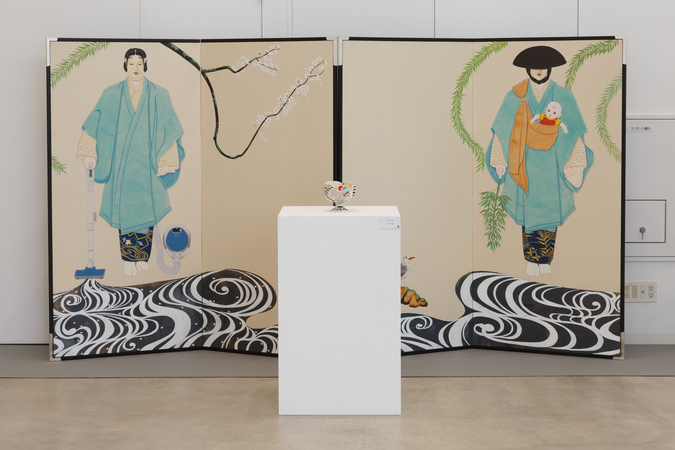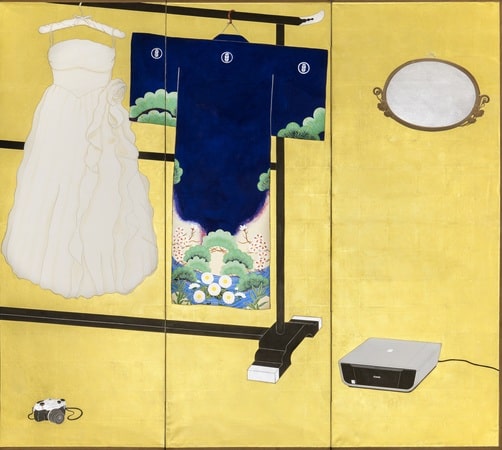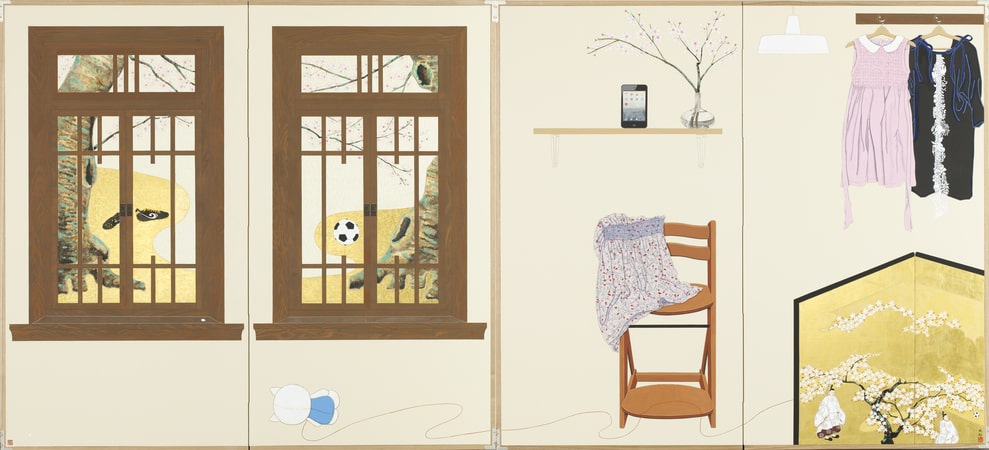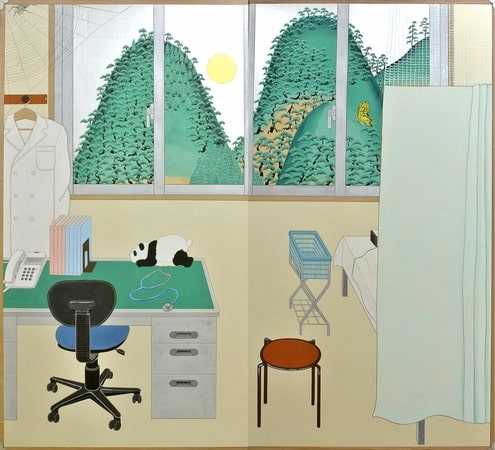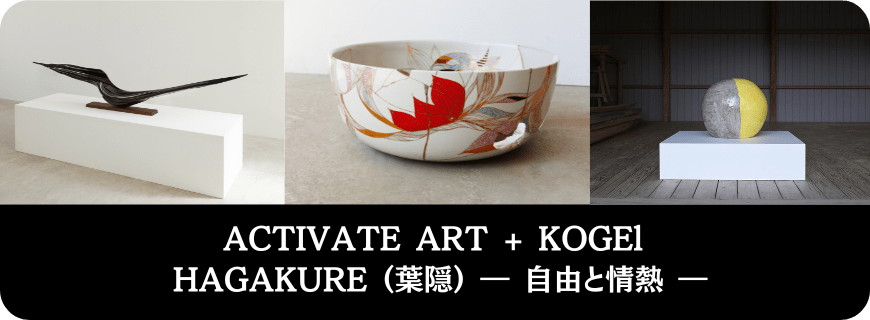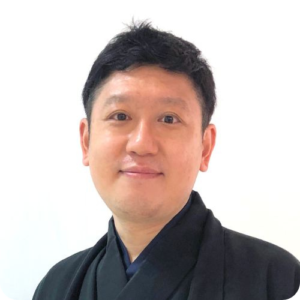
Taro Yamamoto
Born in 1974 in Kumamoto Prefecture, Taro Yamamoto graduated from Kyoto University of Art and Design in 2000. In 1999, while still a student, he was inspired by the close proximity of temples and fast food restaurants in Kyoto, where traditional and modern, seemingly contrasting cultures coexist. This led him to propose the concept of *Nippon-ga*, a fusion of tradition and modernity. He began creating paintings that blend classical Japanese art with contemporary pop culture.
In recent years, Yamamoto has actively engaged in commissioned works for corporations, producing many pieces featuring characters. His style has been likened to a modern version of the Rinpa school. Since 2022, he has served as a Specially Appointed Professor at Kyoto University of Arts and Crafts. He has received numerous accolades, including the Kyoto City Arts Award for New Talent (2015) and the Kyoto Prefecture Cultural Award Encouragement Prize. He is also actively involved in initiatives supporting the reconstruction of Kumamoto following the 2016 earthquake, contributing to the community as a dedicated artist.
SHOW-TARO Exhibition (SHOWKO + Taro Yamamoto)
Concept: Parallel World / Parallel Time
Concept Explanation:
The terms “time leap,” “reincarnation,” and “alternate timelines” have long been used in manga, anime, and dramas, where stories unfold in parallel worlds. However, this parallel nature is not just limited to fiction—reality is no different. The world is constantly parallel.
Although we may seem to share the same time and space, each individual lives in a completely different world and time. The book *Hagakure* has been passed down through generations in Japan, and like a character reincarnating in a parallel world, its evaluation has shifted over time. Originally written as a guide for samurai in the Nabeshima clan during the Edo period, it later became a symbol of loyalty and patriotism in modern Japan, was banned as militaristic after World War II, and was eventually re-evaluated by authors like Yukio Mishima. Today, it is even regarded as a business manual.
Just as the leaves in *Hagakure* flip over, alternating between visible and hidden sides, *Hagakure* has existed in parallel meanings throughout history. In this exhibition, the new unit SHOW-TARO presents artworks and ceramics inspired by this parallel theme.
In painting, “illusion” (image) dominates. It offers nothing but images. However, in Japan, the folding screen (*byobu*) gives form to these illusions, transforming them into something tangible. By taking shape in a screen, these images become autonomous entities.
In contrast, ceramics represent “reality” (material). They exist as vessels meant to hold tangible objects. Yet, over time, through decoration and use, they begin to carry stories. The non-tangible “illusion” starts to inhabit these tangible objects. Like the leaves blown by the wind, switching between reality and illusion, the boundaries blur.
The world is always parallel. We each live in a different world and time. And when, even for a moment, we feel that we are seeing the same thing, hearing the same sound, or sharing the same experience, that moment of connection creates beauty. This is what we hope to achieve through the works created by this unit.

